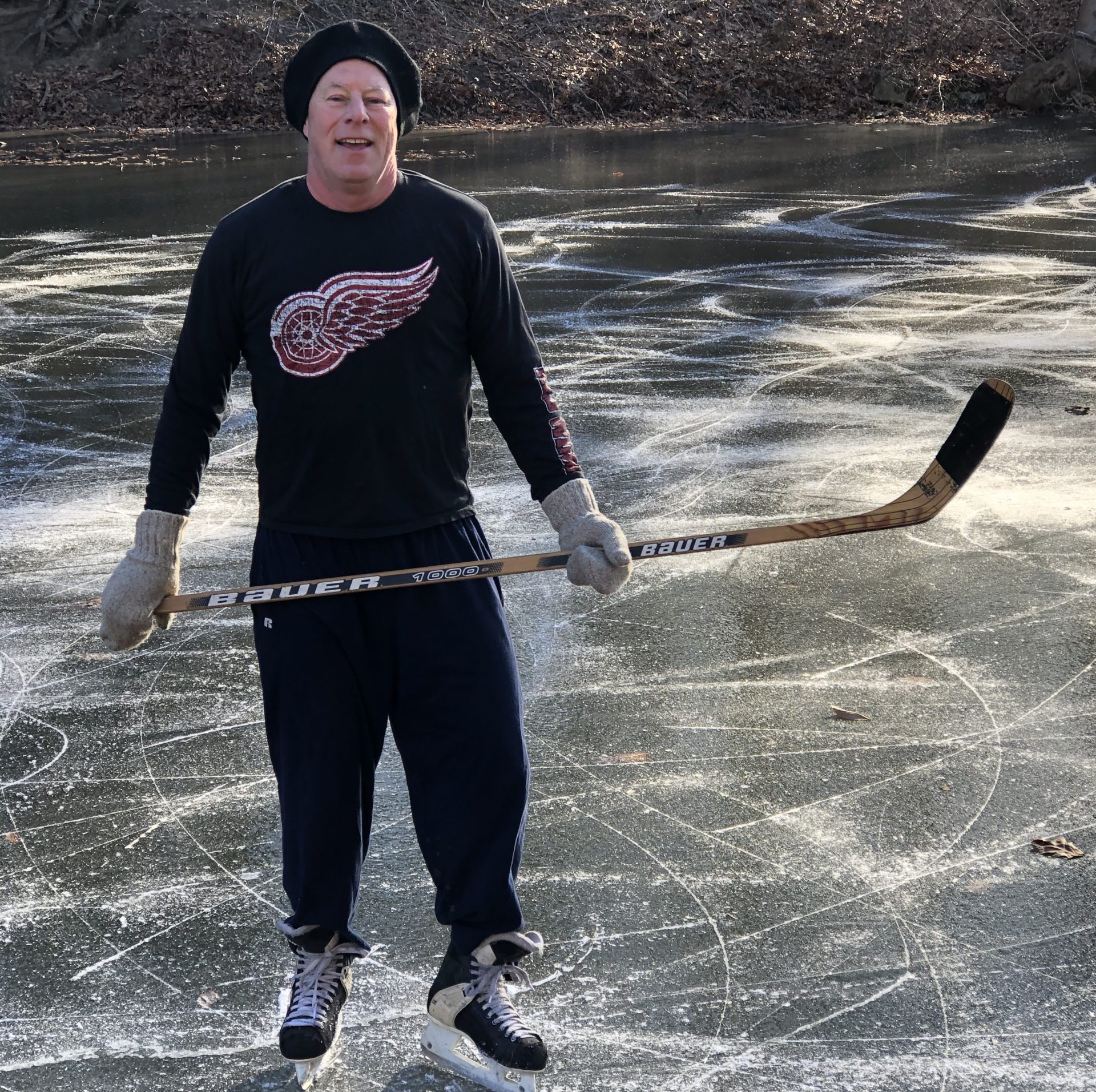I’ve played and have enjoyed hearing others—who are better at it—play live music.
I’ve seen well over 100 shows, including Springsteen (for $6 in 1977), Wilco, Neil Young, Van Morrison, Joan Armatrading, The Pogues, Queen Ida, Lucinda Williams, Pat Metheny, Habib Koite, The Roches, Shovels & Rope, Gillian Welch, Joe Jackson, Carrie Underwood, Five Chinese Brothers, Little Freddie King, Billy Bragg, Lake St. Dive, Jackson Browne, Beausoleil, Wynton Marsalis, The Persuasions, Brad Paisley, Cat Power, Chris Thile, Sede Toure, Violent Femmes, Graham Parker, The Dead Milkmen and many orchestras and choirs. My wife and I have also participated enthusiastically on many packed dance floors in urban America and Latin America.
Regardless of genre, public music nearly always pleases me. I appreciate the music itself, plus the performers’ craft and presence. I like fun, compelling rhythms, catchy melodies and hooks, clever or haunting lyrics and loud crowds.
Among the few live acts I’ve ever disliked was The Grateful Dead. Though I had liked some studio-recorded Dead tunes, the show I saw in Indiana University’s 16,000-seat Assembly Hall in October, 1977 disappointed me. Starting the show well past the scheduled time and despite having a road crew, band members walked onstage and tuned their own instruments for at least five minutes. They tuned again at some length after nearly every song. Most songs encompassed long, rambling jams and aimless solos, which fell especially flat in the large arena.
After the first set, I went to the men’s room. On that errand, I saw no security crew in the concourse. When I returned to my seat, I convinced my three friends to climb a stairway to the arena’s comparatively small, empty upper deck. No one stopped us from doing so.
Once in the top tier, we waited for the long intermission to end. When the band came out, they tuned yet again. As it was quiet, we leaned over the railing and began to heckle the band from our aerie. We yelled several things, the nicest of which was “Stop tuning! Play music!”
Given our isolated location and the relative quiet between songs, the band couldn’t help but hear us. Perhaps unaccustomed to negative feedback, they glared up at us. Rattling the mellow Jerry Garcia felt like an accomplishment.
When they finally resumed playing, we mockingly began dancing in the ethereal, arhythmic Deadhead style. Anyone looking up at us might not have known that we were clowning. Where’s the groove in Box of Rain? Eventually, security came up the stairs and ousted us from the cheap—actually unsold—seats. The second half of the show was as listless as the first.
One dull Dead show wasn’t enough to deter me forever. Two-and-a-half years later, the band announced an early May concert at Cornell University, to which I had transferred. Three years earlier, the Dead had presented a show at Cornell’s old, barn-like gym, Barton Hall, that was reportedly among the band’s best. Hearing this, I thought that the Indiana show might have been an off-night.
On the Friday night before the Ithaca tickets went on sale, I went with a female friend to sleep out at the box office to buy tickets. I forget whose idea that was. Regardless, we were the only two who cared enough to overnight on the grass.
We became boyfriend and girlfriend that night, though perhaps not in exactly the way that you may be thinking. I’ll only say this: when a man and woman laugh easily together, they manifest some shared perceptions of life and a comfort with, and an affinity for, each other that provide the basis for a long-term shared future.
Though not always.
Be that as it may, several weeks later, we attended the Dead concert. Striking an artistic pose, my best faux-Deadhead girl wore a batik skirt over a black Danskin. The second Dead show was equally bad.
At one point during the show’s second half, my girlfriend, who had a headache, suggested that we take refuge under the bleachers at the far end of the gym floor. We did. As we sat together in that wooden grotto hearing the band’s muffled tunes and looong drum solos, liquid trickled through the spaces in the bleachers onto our bodies thirty feet below. From the scent, it soon became clear that this drizzle was vomit.
I interpreted this as a sign from above. We left. I never again attended a Dead show.
—
After the first show, and definitely after the second, I concluded that Grateful Dead fandom was driven by hype, not musical quality. Four decades later, in 2020, I saw that those who supported the Corona “mitigation” craze resembled Deadheads in both specific and general ways.
First, both groups wore group-signifying attire. Deadheads rocked tie-dyed garments, lightning blue/red skull t-shirts, flowing, colorful cotton skirts and bandannas. Analogously, Team Panic conspicuously donned their masks, not only in stores, but outdoors and inside cars. Some still do.
Second, both Deadheads and Covophobes openly displayed their allegiances via various cult-like behaviors. Deadheads often traveled long distances to concerts and collected and traded cassette tapes of these shows. Following Jerry, Bob, and company around the country and overseas generated a sizable carbon footprint; this seemed odd for a group of ostensibly eco-friendly hippies. These practices resembled such Covophobic anti-viral measures such as staying six feet apart and taking shots. Such actions signaled other Deadheads and Team Panic members that you were all-in with them regarding their respective causes.
Additionally, both Deadheads and Covophobes obsessed over unimportant details. Some Deadheads exhibited an almost encyclopedic knowledge of the band’s lyrics and performance history. Analogously, the Corona Crew studied and cited graphs of Covid cases and deaths, unmindful that the underlying data were disconnected from reality.
To reinforce group identity, Deadheads had their own lexicon. In addition to general hippie-speak among people who saw themselves as freewheeling freethinkers, Deadheads used jargon like “Taper, “Miracle,” “Bobo” and “Bus Riders;” the latter term was a self-referential synonym for the band’s fans. Similarly, everyone heard, ad nauseam, the Covophobic slogans. Dead bandmembers linked the Deadhead and Covophobe tribes by taking to the Internet to urge fans, in separate messages, to “Stay Safe” and “take preventative measures as recommended by the CDC and WHO.”
Can you imagine Jack Kerouac saying stuff like that?
—
Above all, both Deadheads and Coronamaniacs were strongly driven by a desire for acceptance by their respective clans. People will act as if they think something is good if they think other people will like them for sharing their object of enthusiasm.
Musical tastes vary. Often, people like music because their friends like it. When I saw the Grateful Dead, it felt to me as if concertgoers’ enthusiasm for the event was more about the setting—plainly greased by drug use—and a sense of belonging than it was about the music.
Though perhaps I’m missing the point of the Dead’s shows: their—and other jam bands’—meandering styles seemed designed for, and better appreciated by, those who are high. Dead shows were an intriguing mix of anthropology and business model: provide a setting where people can hallucinate collectively or play hacky sack for hours and sell them tickets and merch.
Community is valuable and worth seeking. But the desire to be liked shouldn’t distort one’s view of the reality or nullify one’s sense of reason. The Dead’s popularity and the public’s Scamdemic complicity are latter-day iterations of The Emperor Wears No Clothes: in all three instances, observers may have perceived ambient foolishness but they withheld comment to avert others’ disapproval. In my life, I’ve seen countless other manifestations of this phenomenon, none clearer than the past 45 months.
Further, like other reputationally rebellious rockers, if Dead band members were actually the iconoclasts they considered themselves to be, instead of cancelling tour dates in early March, 2020, they would have leveraged their fame to defy the lockdowns and thus sustain some vestige of community by playing outdoor shows despite government bans on public assembly. The Dead largely made its fortune from young people. But when the Scamdemic arrived, instead of “riding the bus,” band members threw the young under the lockdown/lockout bus.
Given their Scamdemic conduct, the Dead’s chill, radical image seems even more clearly like hype. During Coronamania, the Dead and many other erstwhile exponents of freedom became reactionaries. Donna Godchaux, one of the Dead’s singers, lauded the group’s song Shelter because she said it addressed the “trauma” induced by a virus. But no informed, non-old person should have found the virus scary.
Later, the formerly liberal Dead mandated that their concertgoers inject mRNA. I suspect many of their devotees didn’t hesitate to put another substance of dubious provenance and quality into their bodies.
Despite their socially conscious and rebellious brand, Dead band members chose fear, conformism, and vaxx authoritarianism over freedom. So did such self-identified communitarian progressives as Springsteen, Young, Grohl, GaGa, Pink, and Green Day. Their imperious ignorance was unforgettably unhip.
—
From the Scamdemic’s outset, the government and media sold a plainly incoherent message that nonetheless caused most people to mimic audience conduct at Grateful Dead shows: people entered into an altered cognitive state and goofily swayed along to conform with the crowd around them.
Throughout, my unimpaired eyes and ears told me that the Covid response was an extreme overreaction that was causing widespread harm. Instead of following a gullibly unhinged crowd, I found new friends who knew bad Scamdemic music when they heard it. Instead of “staying safe,” buying the hysteria and flailing their arms, my new tribe stayed sane and moved, vitally and on-time, to their own, unmistakable beat of reality.
Republished from the author’s Substack
Join the conversation:


Published under a Creative Commons Attribution 4.0 International License
For reprints, please set the canonical link back to the original Brownstone Institute Article and Author.









